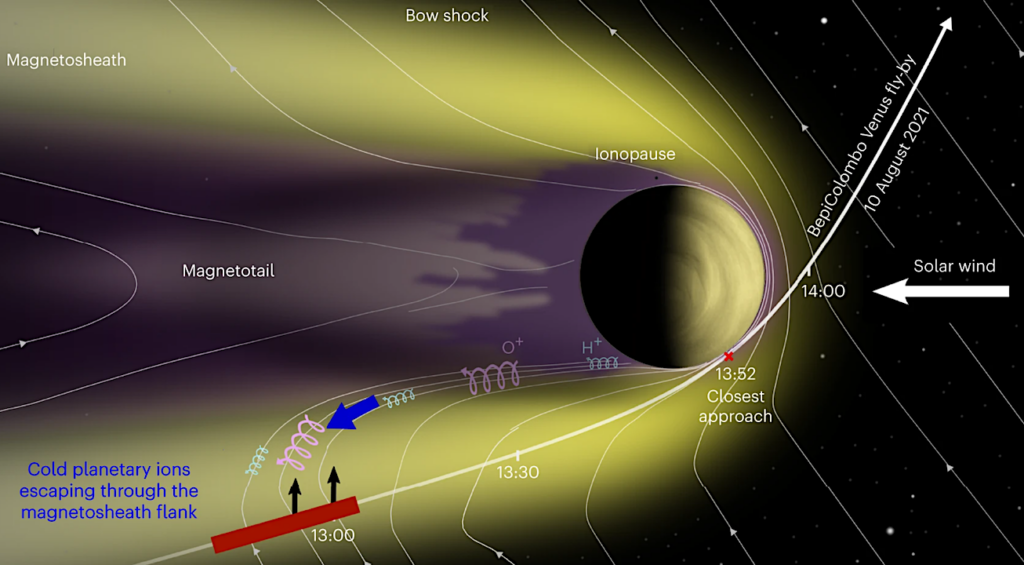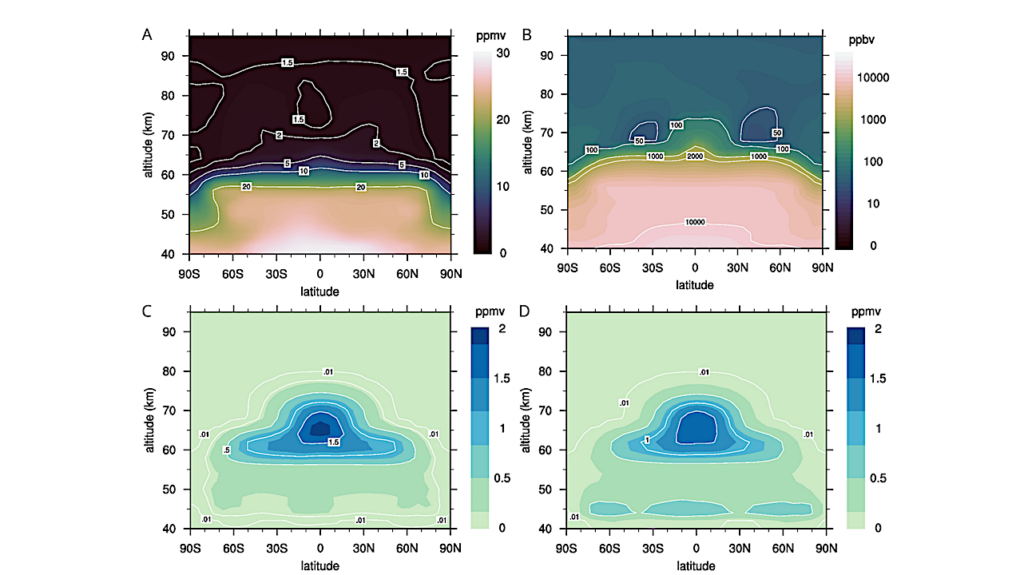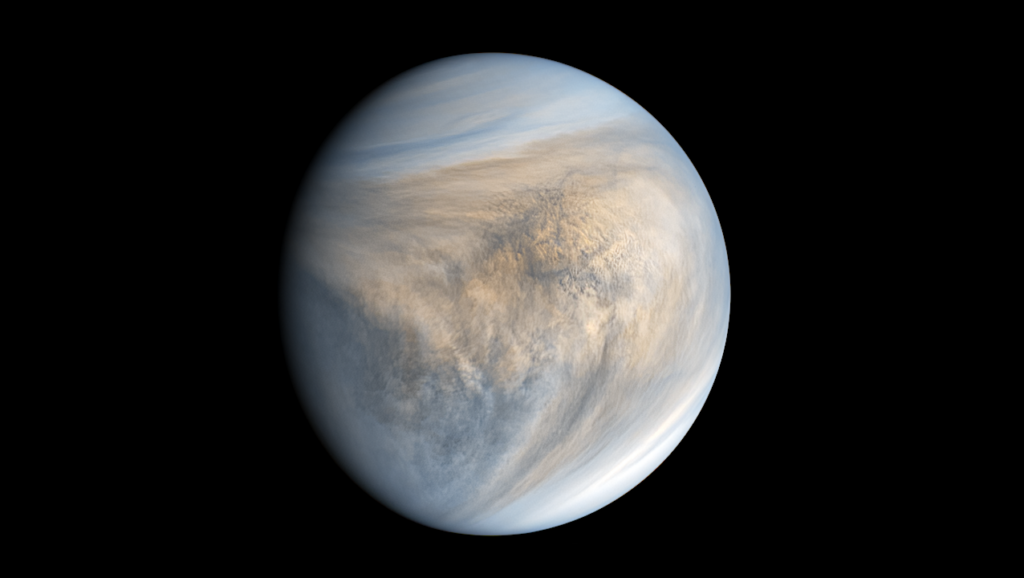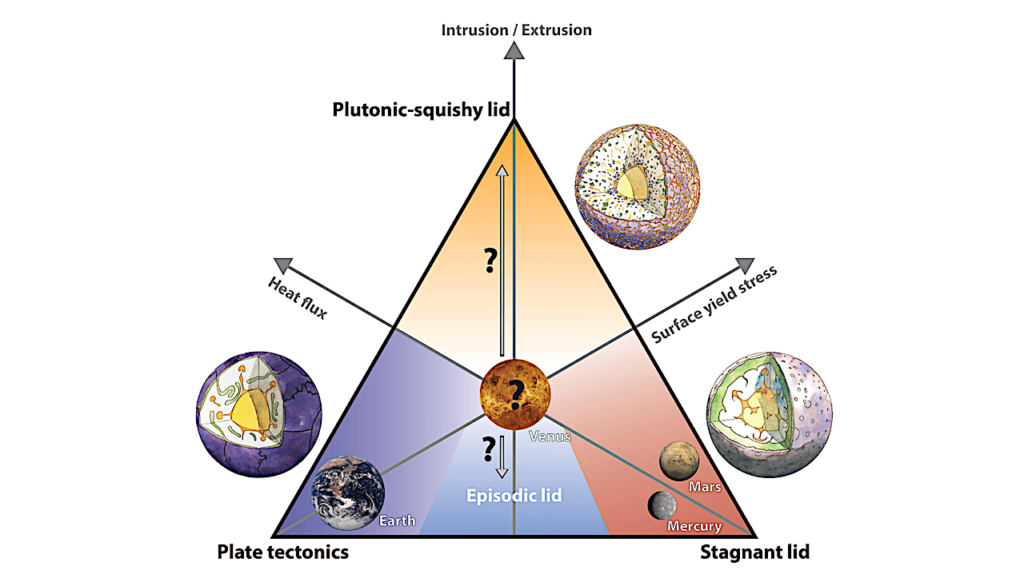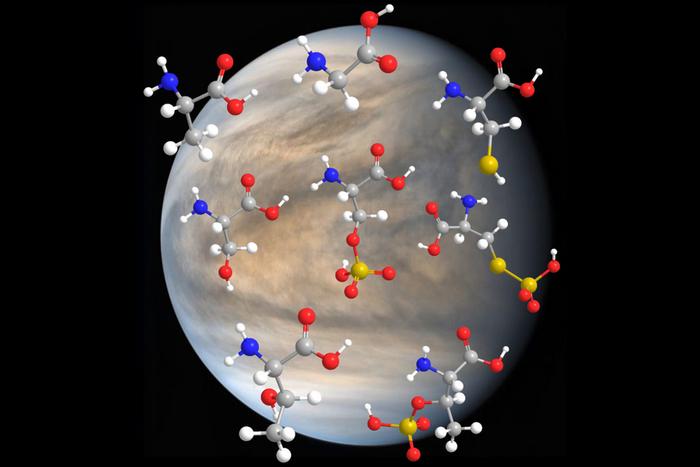Consequences Of Tidal Dissipation In A Putative Venusian Ocean

The solar tide in an ancient Venusian ocean is simulated using a dedicated numerical tidal model. Simulations with varying ocean depth and rotational periods ranging from -243 to 64 sidereal Earth days are used to calculate the tidal dissipation rates and associated tidal torque.
The results show that the tidal dissipation could have varied by more than 5 orders of magnitude, from 0.001–780 Gigawatts, depending on rotational period and ocean depth. The associated tidal torque is about 2 orders of magnitude below the present day Venusian atmospheric torque, and could change the Venusian day length by up to 72 days per million years depending on rotation rate.
Consequently, an ocean tide on ancient Venus could have had significant effects on the rotational history of the planet. These calculations have implications for the rotational periods of similarly close-in exoplanetary worlds and the location of the inner edge of the liquid water habitable zone.
J.A.M. Green, M.J. Way, R. Barnes
(Submitted on 18 Mar 2019)
Subjects: Earth and Planetary Astrophysics (astro-ph.EP)
Cite as: arXiv:1903.07517 [astro-ph.EP] (or arXiv:1903.07517v1 [astro-ph.EP] for this version)
Submission history
From: Mattias Green
[v1] Mon, 18 Mar 2019 15:47:25 UTC (2,755 KB)
https://arxiv.org/abs/1903.07517
Astrobiology


